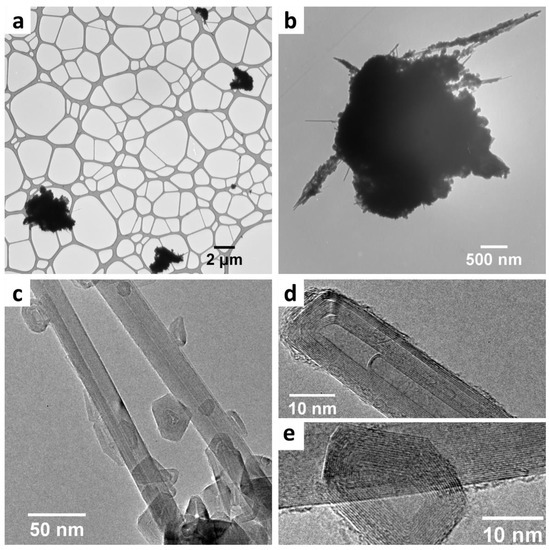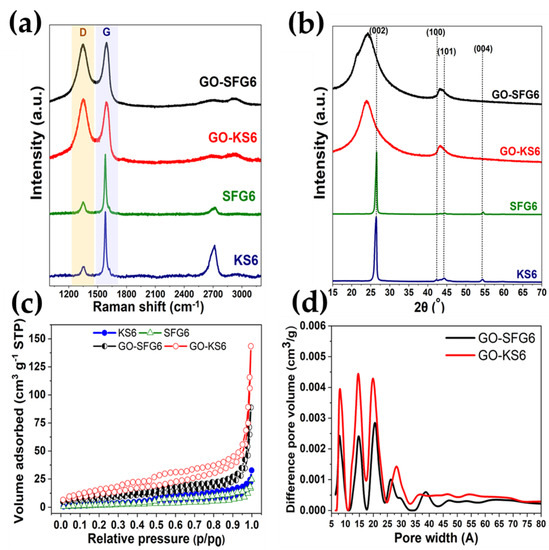Young Carbon Scientists
A topical collection in C (ISSN 2311-5629).
Viewed by 11694Editors
Interests: adsorption and catalysis; nano-engineered materials; graphene-containing composites; surface chemistry of carbonaceous materials; surface reactivity; reactive adsorption; waste utilization; desulfurization of fuels; development of air and water filtration media; energy storage/supercapacitors; gas sensors
Interests: carbon materials; catalysis; environment and energy; chemical reaction engineering; functional materials
Special Issues, Collections and Topics in MDPI journals
Interests: transmission electron microscopy; carbon; glassy carbon; activated carbon; graphene
Special Issues, Collections and Topics in MDPI journals
Topical Collection Information
Dear Colleagues,
Even though carbon-based materials such as char or soot are considered as among the oldest materials used by human beings, the discovery of fullerenes, carbon nanotubes and then graphene carbon science and technology to become one of the frontiers determining the development of a modern society. Recently, new materials based on carbons including composites have changed traditional views on the properties of materials revolutionizing various fields ranging from solid state physics, chemistry, electronic, sensing, mechanical, civil and chemical engineering, environmental protection and even medicine or biotechnology. Carbons contributed also to significant advances in energy related fields such as energy harvesting and storage, solar energy, energetic materials, or processes linked to alternative sources of energy such as fuel cells
These new emerging fields attracted many young scientists with an intention to actively contribute to exciting discoveries advancing the progress of humanity in general. Their expertise is as broad and diverse as is the carbon research field. To better recognize their specific contributions to the carbon science, the objective of this Special Issue is to collect the recent original works of young carbon researchers (below 40 years of age) and thus to acknowledge and promote their impact into advances in the carbon science and engineering. Manuscripts can be submitted as original research papers, review articles, short communications, or perspectives. The most innovative works will receive a special recognition.
Prof. Dr. Teresa Bandosz
Prof. Dr. Manuel Fernando Ribeiro Pereira
Dr. Peter Harris
Guest Editors
Manuscript Submission Information
Manuscripts should be submitted online at www.mdpi.com by registering and logging in to this website. Once you are registered, click here to go to the submission form. Manuscripts can be submitted until the deadline. All submissions that pass pre-check are peer-reviewed. Accepted papers will be published continuously in the journal (as soon as accepted) and will be listed together on the collection website. Research articles, review articles as well as short communications are invited. For planned papers, a title and short abstract (about 100 words) can be sent to the Editorial Office for announcement on this website.
Submitted manuscripts should not have been published previously, nor be under consideration for publication elsewhere (except conference proceedings papers). All manuscripts are thoroughly refereed through a single-blind peer-review process. A guide for authors and other relevant information for submission of manuscripts is available on the Instructions for Authors page. C is an international peer-reviewed open access quarterly journal published by MDPI.
Please visit the Instructions for Authors page before submitting a manuscript. The Article Processing Charge (APC) for publication in this open access journal is 1600 CHF (Swiss Francs). Submitted papers should be well formatted and use good English. Authors may use MDPI's English editing service prior to publication or during author revisions.
Keywords
- Carbon materials
- Activated carbons
- Nanopores carbons
- Carbon nanotubes
- Fullerenes
- Glassy carbons
- Carbon fibers
- Graphene
- Graphite
- Adsorption
- Separation
- Catalysis
- Energy storage
- Sensing
- Environmental protection










